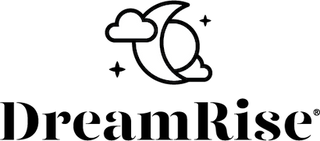There is something magical about conjuring an imaginative idea out of thin air, especially when you face a creative block. Lack of inspiration and things happening in your personal life can add to creative blocks, despite your best efforts.
Well, you've Googled or seen our blog title, let's see if we can help!
Step 1: Shake Up Your Work Space
Put away all the screens (after you’ve done reading of course). Try to switch to analog, like a notebook, pen and paper only.
Melis has been drawing on a tablet for a different user experience as writing on a screen sometimes has a different memory experience vs. writing. We're slowing down to speed up the inspiration.
Step 2: Find Pleasant, Familiar Music
The science on it is mixed. There is evidence that music is distracting, but new research has suggested if you listen to "upbeat happy" music that doesn't take up too much attention capital, that might be the ticket.
It could be a welcome distraction, helping with "mind wandering" that invites creative inspiration.
Step 3: Mind-Map the Project
Research has shown it's more effective for creative problems vs technical ones, but it's a classic approach toward visual thinking for brainstorming.
Step 4: Meditate
Breathe. On top of the stress reduction, it helps change you into a more relaxed frame of mind. We love the Insight Timer app because of its exercise selection, and it's free!
Step 5: You Are What You Eat
Try a glass of wine, coffee, or even comfort food to promote divergent thinking. Your muse might just be one chemical trip away.
Step 6: Go On a Walk
Morning/afternoon walks are almost mandatory at this point. If lost, walk more. Walking meetings are the next best thing to no meetings.
Step 7: Do Chores
Mundane, but you'll be surprised how mindfulness and being present doing them will help ease your creative anxiety. Just ask Jeff & Bill.
Step 8: Work Out!
Endorphins to the rescue! Or…maybe it just lightens your positivity. But positive moods favor creativity, so if you can fix your blockage with just shadowboxing with the problem or a good run to clear your headspace, we're gonna go for it.
Step 9: Nap
The optimal time for the perfect nap is 20 minutes. This has more mixed results in helping creativity, but hey, at least you've got another energy boost.
Step 10: Procrastinate Until Morale Improves
If all nine tips above have failed you, you've reached the end, friend. Sounds like you're trying too hard. Step away, empty your thoughts. Let the table reset so you can create for another day.
And if you're under a deadline, I hope you see a familiar trend in these suggestions: things that affect your point of view, frame of mind, and focal points. "Mind wandering" while you are processing the creative problem at hand in the background has shown results.
We just hope it shows up for you in time!

